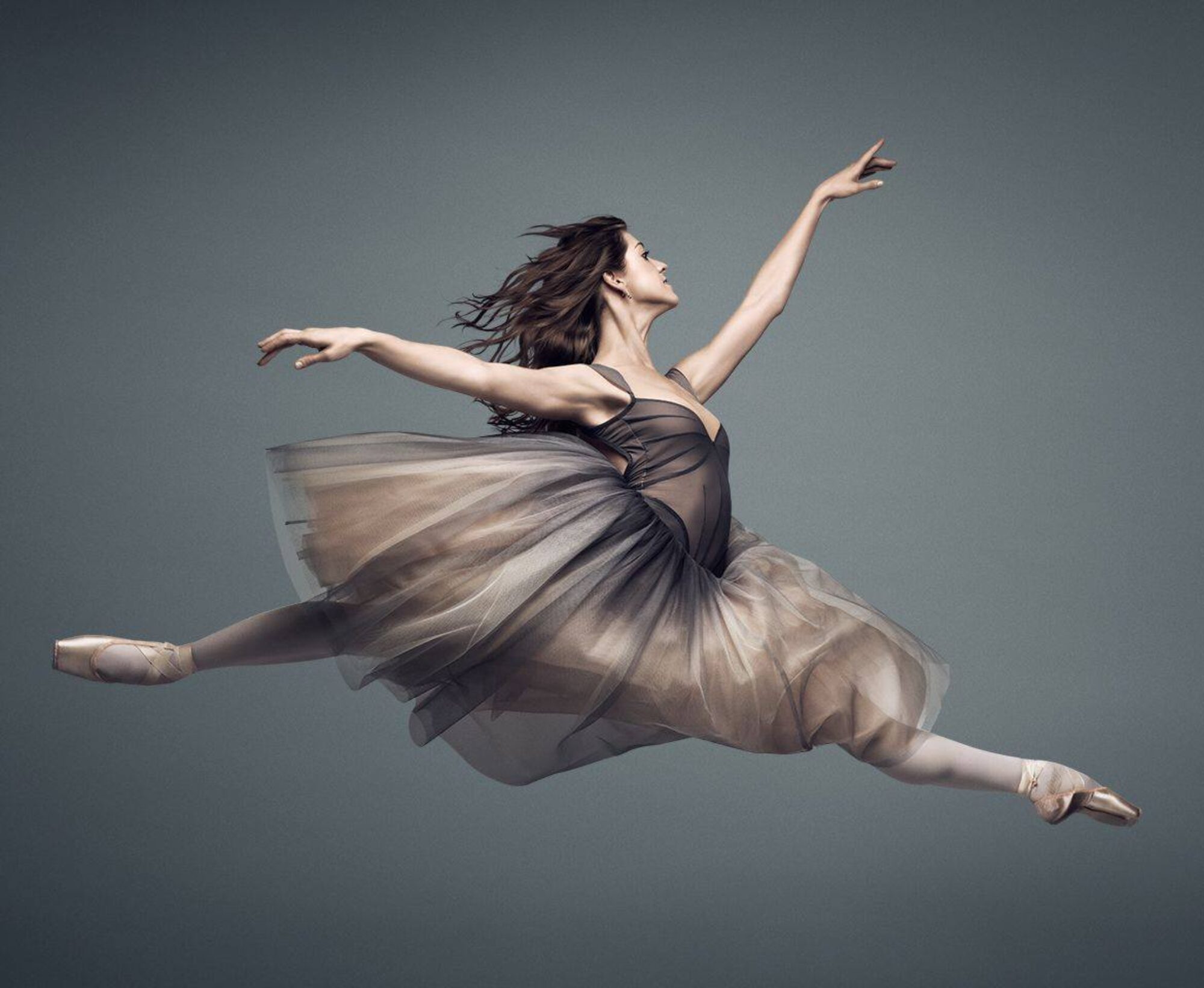By TurnedOutPointeOfView on Monday, February 10, 2020
Thank you for the question, @sylle_
Gosh, how do you deal with injuries!? Whether an injury is taking off ballet for a few days or taking off for several months…years, it is never fun. It always feels like it is the worst timing. None of us want to miss out. None of us want to lose an opportunity. None of us want to not be able to dance, the thing that we love to do.

Dealing with injury is a tough process but in order to survive it, we have to find an upside. Finding this upside will not come overnight. NO. NO. No. It will take you time.
I believe that there are several phases of injury that one has to go through.
Starting at the very beginning, Phase 1: Shock and Denial! “I’m fine. I’ll be fine,” you whisper to yourself as you limp home to watch Netflix’s on your couch. Yeah, sure… sure you’re fine. You aren’t fine at all.
Phase 2: Acceptance. Admitting that you are hurt IS scary. It has to be done, though. The quicker you get to this stage, the quicker you can start to heal. Your mind can finally calm down and stop having to repeat that made up story of how you aren’t really injured. One can stay in denial for months… just getting by…for months.
Phase 3: Depression. It will hit you hard and it will put you in a place that you never knew existed. A dark, dark place. Tears… so many tears. Anger will flare up from within you too. Depending on how you deal with this stage, will shape your return from your injury. I would say, feel that deep, black hole, feel the cold walls surrounding you, then… look up at the light. Look up to the surface and start swimming upwards to get out.

Phase 4: Find the positive side. Suddenly, you have more free time then you know what to do with. Instead of watching TV all day (yes we’ve all given in to those lazy days of watching nonsense TV when injured) I would recommend to take this time to work on having a more, well rounded life.
We put so much focus, energy and hard work in to our ballet that we easily forget that there are a million things happening in the world everyday. Exciting things.
Try something new! Dare to be a beginner at something again. Have that coffee with a friend that you never really had the time to get to know. Educate yourself. Explore what you might be interested in. Could be learning more about the human body or learning a new language or learning about art history. Sky’s the limit! Explore your own city. Find local spots that you’ve never been too.
Phase 5: Starting your way back to ballet. When you are able to start moving again, you’ll be so grateful to have survived all the previous phases. Your love for ballet will have grown even bigger. And believe it or not you will have learned a lot. Hold your horses a little bit though. Try not to rush back. Listen to your advisors including physical therapists and doctors but also listen to yourself. Only you can feel what is going on in your body. I’m a believer of listening to that gut feeling.

Phase 6: Expect at least one set back. I’ve seen it, time and time again. Someone has recovered from their injury, everyone is so excited to have them back in the studio but their work load just increased quite suddenly. That injury will get a little mad at you for asking so much of it, all of a sudden. Be smart. You are so close to doing what you love but you must remain careful and not push too hard. You are risking setting yourself even further back. And there is no way you are ready to be back at phase 1 emotionally.
If you are injured or know someone who is injured, I’m so sorry that you got hurt. I would never wish an injury upon another human being but especially never upon a dancer. It kills us. Our insides just die. I wish you a speedy and healthy recovery. I hope that you get back even stronger then when you were forced to stop.
xoxo
-Hol































































